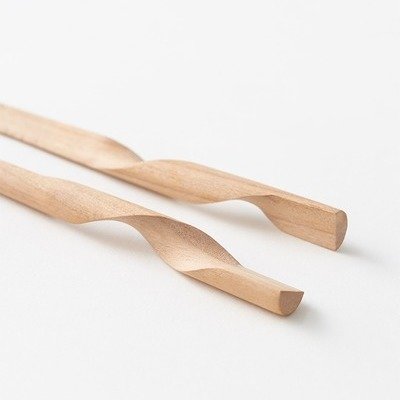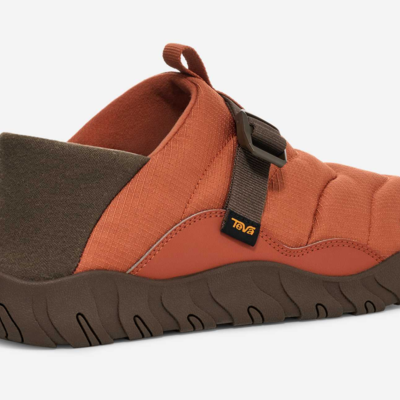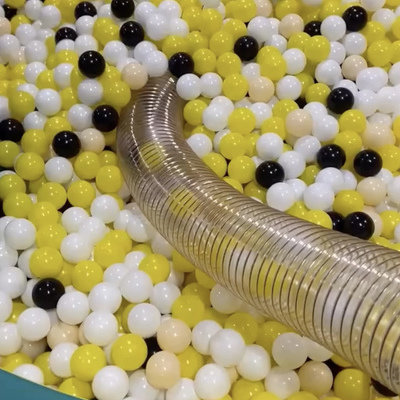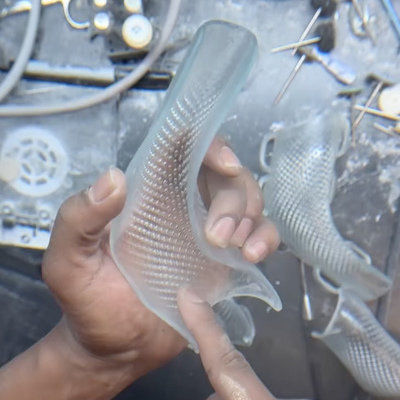e
Design Experience that Matters
+ Follow this feed-
I'm Confused. Design Sprint or Lean Startup?
A biased, but truthful perspective.
October 16, 2018
2 Comments -
Design Experience That Matters: How to Build a Prototype User Interface
For this summer's alpha prototype project, we were most excited to implement a new...
December 8, 2017
-
Design Experience That Matters: The Internet of Terrifying Things
Here's a quick story about unintended consequences in design, specifically when product capabilities exceed...
December 1, 2017
3 Comments -
Book Review: Crossing the Chasm
"Marketing and selling disruptive products to mainstream customers"
November 3, 2017
-
Tutorial: How to Create Tough, Lightweight and Waterproof Gear Bags From Dyneema and Tyvek
In this tutorial, I'll show you how to make a variety of useful zippered...
October 6, 2017
1 Comment -
Design Experience That Matters: Equipping A Local Social Enterprise to Communicate Ideas Using Prototypes
Listening in the hardest market
October 6, 2017
-
Book Review: Notes on the Synthesis of Form
We like Christopher Alexander's Notes on the Synthesis of Form for the way he...
September 29, 2017
-
Design Experience That Matters: Cultivating Design Mind
Making the shift from "I like the color" to creating globally-appealing products
September 15, 2017
-
Design Experience That Matters: What to Do When FDA Approval Doesn't Mean Equipment is Safe
For low-resource settings, you need to go above and beyond
August 11, 2017
6 Comments -
Design Experience That Matters: How Focus Leads to Bigger Impact
Design for everyone is design for no one
July 28, 2017
2 Comments -
Design Experience That Matters: Saving Babies and the Environment Using Human-Centered Design
You've got to consider green in every invention
July 14, 2017
-
Book Review: Digital Apollo
Lessons in design thinking from the Apollo program
June 30, 2017
1 Comment -
Design Experience That Matters: How Trust Makes Great Medical Devices
Great products meet the user's expectations and their circumstances. Every designer can tell you...
June 16, 2017
-
Design Experience That Matters: How Will Your Design Fare Over the Long Haul?
Lessons learned from the Kinkajou adult literacy aid
June 9, 2017
-
Design Experience That Matters, Book Review: The Other Side of Innovation
We love Vijay Govindarajan and Chris Trimble's Other Side of Innovation, specifically the second...
June 2, 2017
-
Design Experience that Matters: How to Build a Z-Rack Whiteboard and Save $150
This studio hack will make your space more productive for less money
May 26, 2017
-
Design Experience That Matters: Four Design Principles that Turned a Prototype into a Bestselling Product
...and why customer insights are crucial
May 19, 2017
-
Design Experience That Matters, Book Review: The Back of the Napkin
How simple cartoons can help us to explain and visualize complex concepts
May 12, 2017
1 Comment -
Design Experience That Matters: Video of Our Design Sprint
After a series of late nights and endless hours sawing, sanding and soldering, the...
May 5, 2017
-
Design Experience That Matters: How to Solve Hard Design Problems
...in four easy (ha!) steps
April 28, 2017
-
Design Experience That Matters: Here's a Look at Our Build Process
Fabrication is always a blast, second only to field research in the hierarchy of...
April 21, 2017
-
Design Experience that Matters: How to Create a Rubber Prototype Using a 3D-Printed Mold
Design that Matters demonstrates the technique with helpful photos
April 14, 2017
1 Comment -
Design Experience that Matters: Here's Some Free Files for 3D Printed Tripod Accessories
3D Printed Tripod Quick Release Why buy one when you can print it yourself?...
April 7, 2017
-
Design Experience that Matters: How to Create a Killer Design Portfolio
"Design your portfolio as well as the projects it contains"
March 31, 2017
-
Design Experience that Matters: Lessons Learned in Rapid Prototyping
Valuable lessons learned, just in time
March 24, 2017
2 Comments -
Design Experience that Matters: Handy Tools for Working With 3D Printers
Here's 15 inexpensive items that make the work easier
March 17, 2017
2 Comments
K
{Welcome
Create a Core77 Account
Already have an account? Sign In
By creating a Core77 account you confirm that you accept the Terms of Use
K
Reset Password
Please enter your email and we will send an email to reset your password.






























